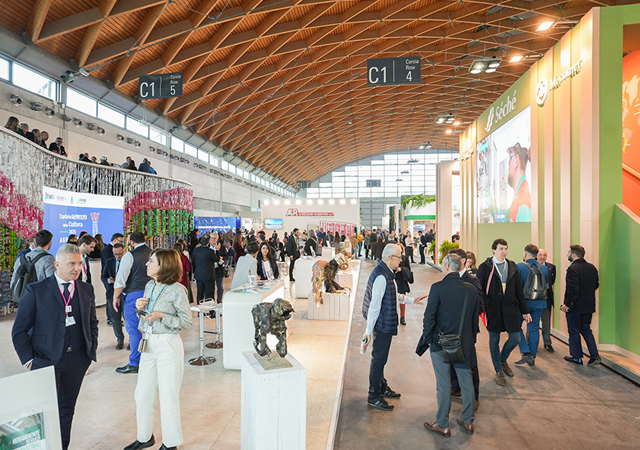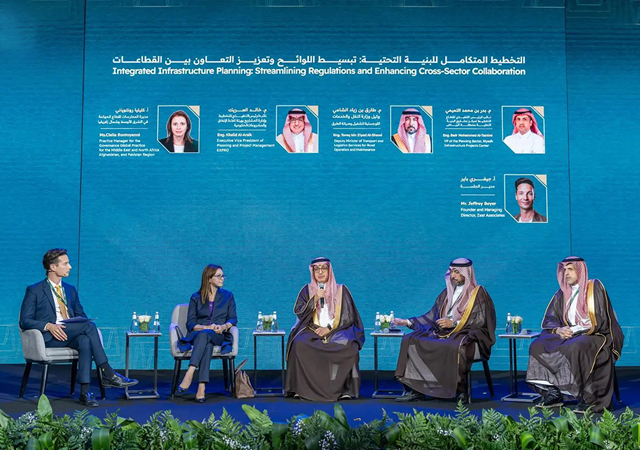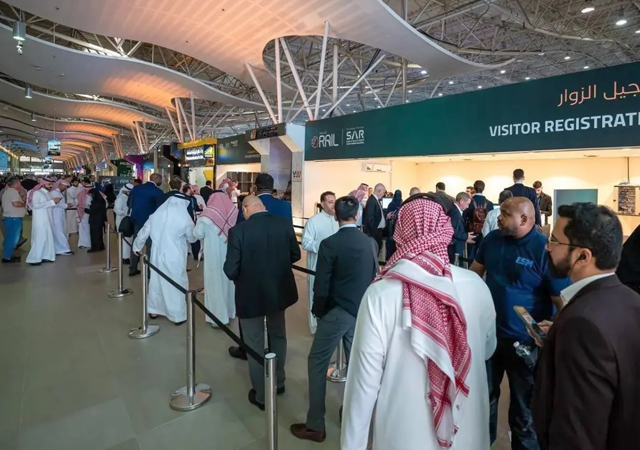 The curved ceiling system at the airport ... 12,000 sq m of Tubeline.
The curved ceiling system at the airport ... 12,000 sq m of Tubeline.
THE vision for transportation hubs in the region is being driven by the need to think about long-term capabilities and flexibility for future change. This means that the design and integration of the fit-out needs to be durable, maintainable and flexible.
Individuality of each station and airport design is important but one detail that is key is how materials not only help create the final look to enhance architectural vision, but will ensure that future generations will benefit from the facility. Balancing aesthetics with the performance qualities of materials is therefore high on the agenda.
Materials chosen for the interior fit-out of transport hubs must be robust to handle increased crowd pressure forecast in the coming years. If materials do not have these durable qualities, potential damage can occur when accessing services for essential ongoing maintenance.
Difficulties in maintenance or accessing areas can affect the sustainability of a transportation hub; the upkeep of the interior can dictate how a building will last and function for future generations. The ability to design in options from the outset for effective ongoing maintenance and ease of access, along with consideration for the increasing number of passengers, provides for time and resource savings in the long term. Being involved at the earliest stage enables a manufacturer to ensure performance whilst taking responsibility
for delivery.
For example, the new 103,000-sq-m terminal at Jordan’s Queen Alia International Airport (QAIA), designed by Foster + Partners, is expected to handle an increased capacity of nearly nine million passengers. The location allows the airport in Amman to grow by six per cent per annum for the next 25 years, increasing capacity from 3.5 million to 12 million passengers per annum by 2030.
 |
|
Jackson ... focus on durability. |
Working with local building expertise, the architects have created the terminal entirely from concrete as the high thermal mass of the material provides passive environmental control catering for the varying summer temperatures of Amman’s climate. The tessellated roof canopy with concrete domes, extend to shade the facades. To enable seamless future expansion, each dome is a modular unit.
A curved metal linear ceiling system, complete with acoustic grey insulation that blends with the concrete soffit, has been installed at the airport. Metal solutions provide a durable surface that is easy to clean and will allow ease of access for essential ongoing maintenance, without damage. Architectural metalwork solutions can balance visual appeal with enhanced performance qualities to provide a highly functional solution.
Steel is being supplied to projects in the region because of its durable and versatile qualities, offering a cost-effective and sustainable solution. In transport environments, this robust material is being used for applications such as cladding, wall panels and ceilings.
The curved metal linear ceiling system at the airport comprises 12,000 sq m of Tubeline designed and supplied by SAS International, which worked closely with Foster + Partners to develop an acoustic solution for the environment to fit within these concrete canopies, reminiscent of a Bedouin tent.
Curved lighting grilles, 4,000 sq m of bespoke triangular ceiling panels and 12,000 m of its System 700 linear slat ceiling system were also manufactured at the company’s factories.
SAS International, a design-led manufacturer, understands that all projects are unique and ensures that solutions manufactured and installed provide for the long term whilst meeting environmental credentials and offering greater design flexibility. If architects and contractors work closely with manufacturers like SAS International it is easier to ensure their design and performance specifications are met.
The demand for innovative and interesting interiors must be balanced with the use of high-performance products to help ensure and improve the overall passenger experience.
• Andrew Jackson is a director at SAS International – a manufacturer of interior solutions.



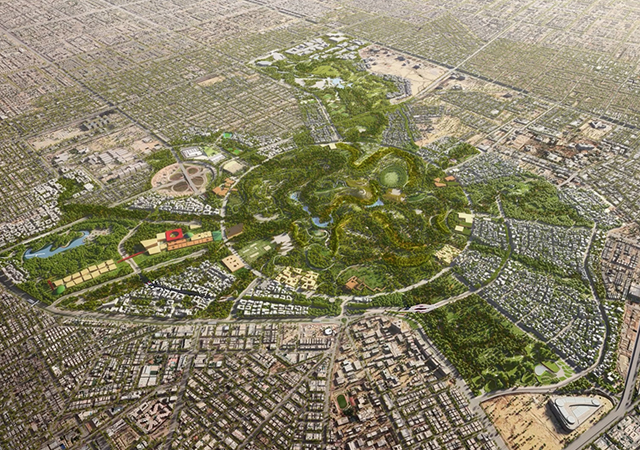
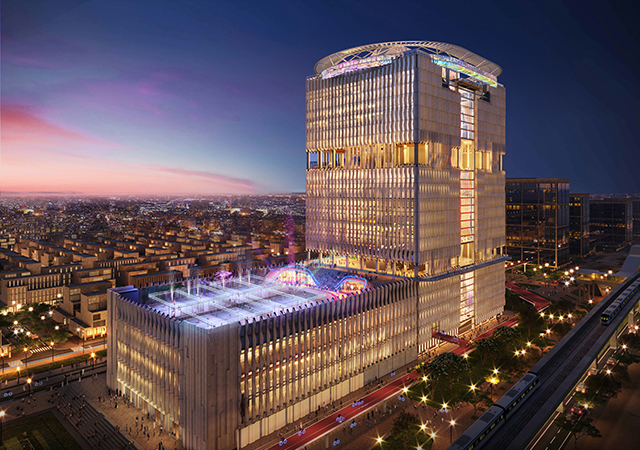
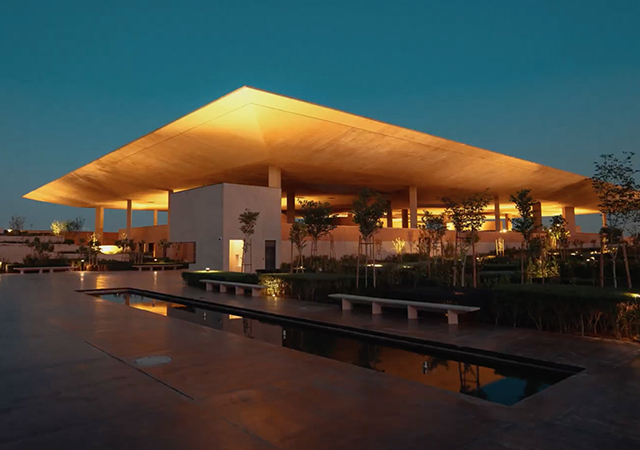
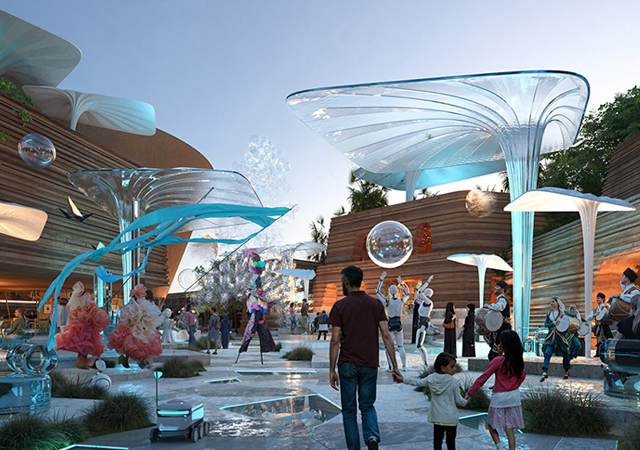

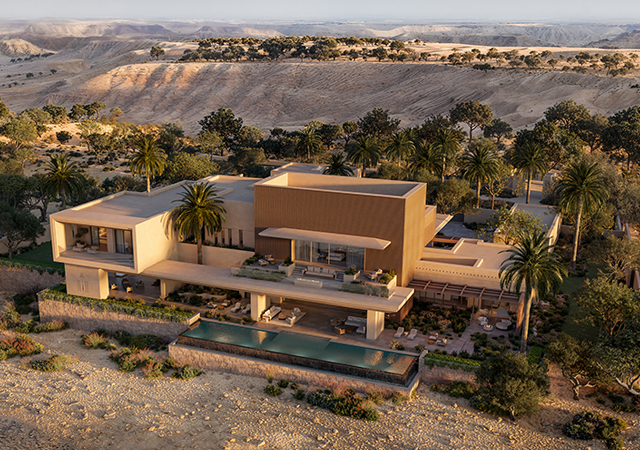
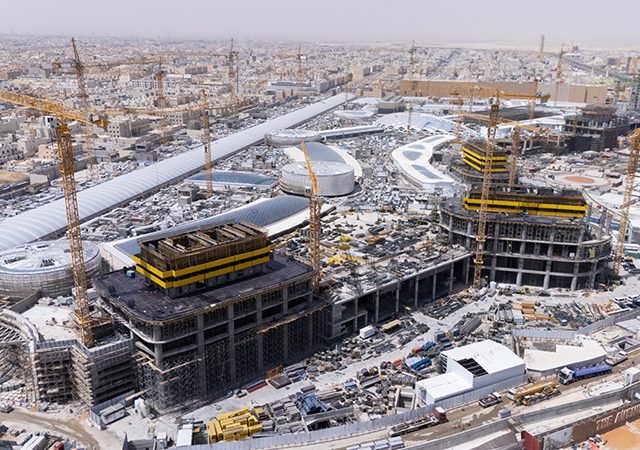
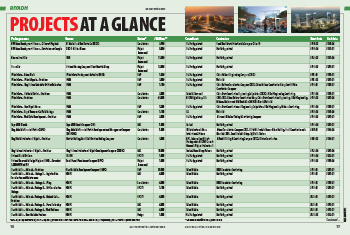
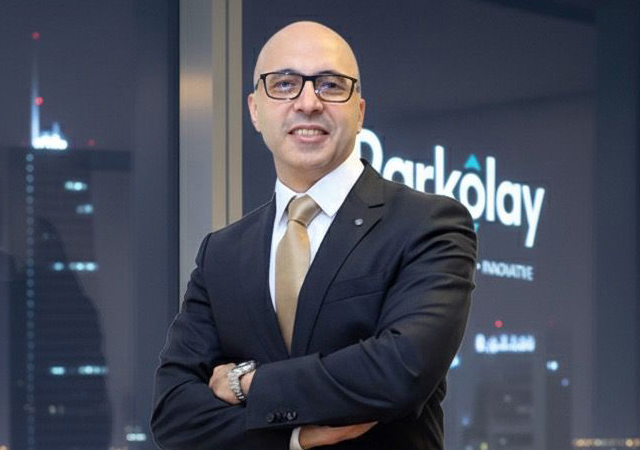


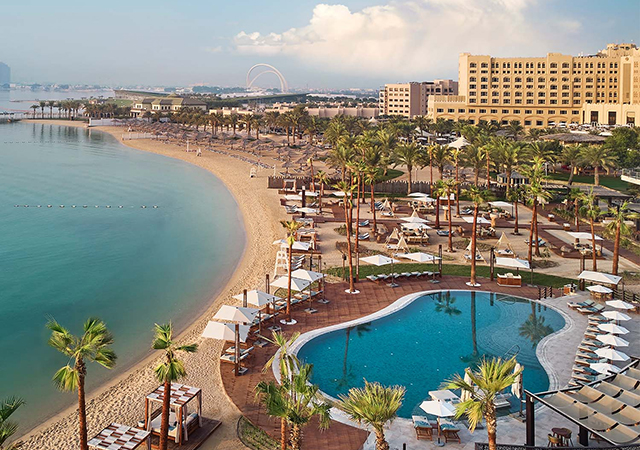
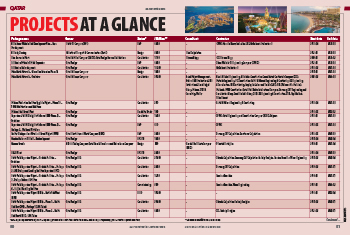
.jpg)
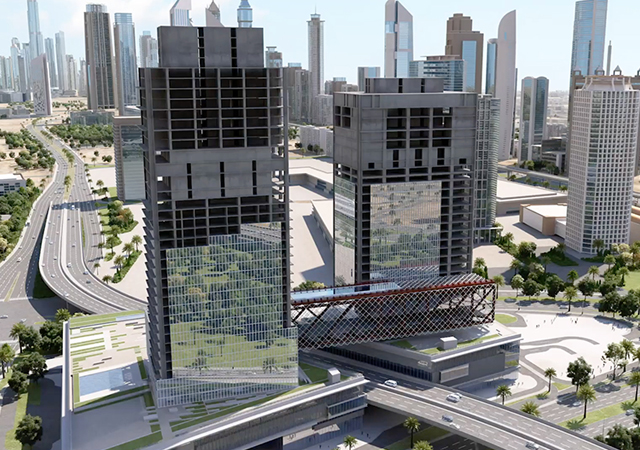
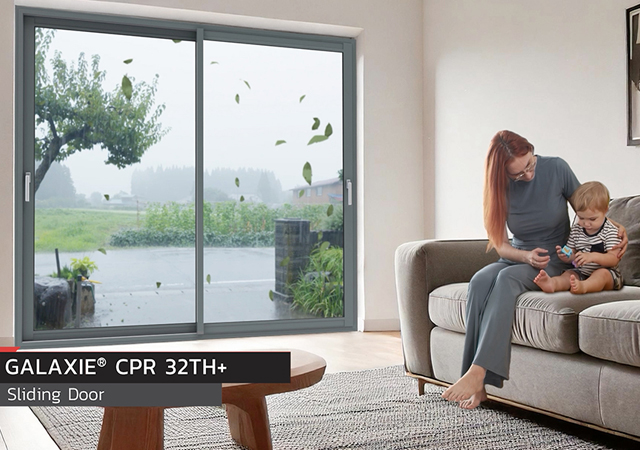
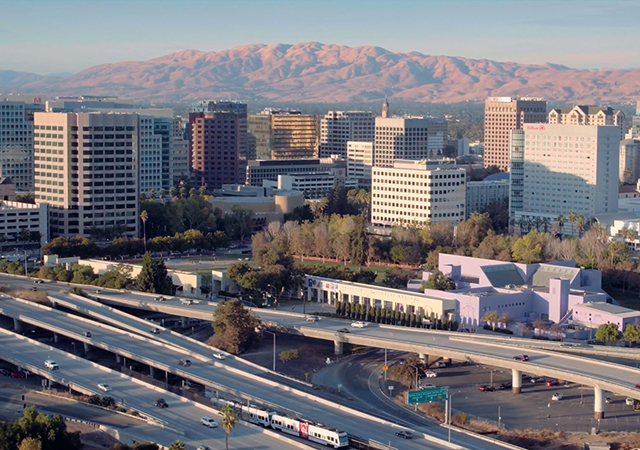
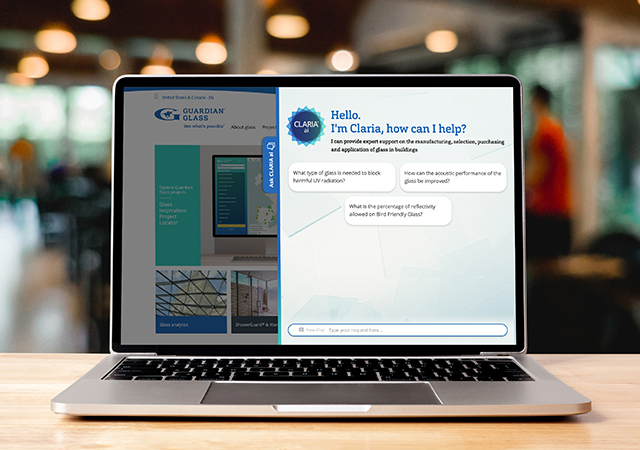

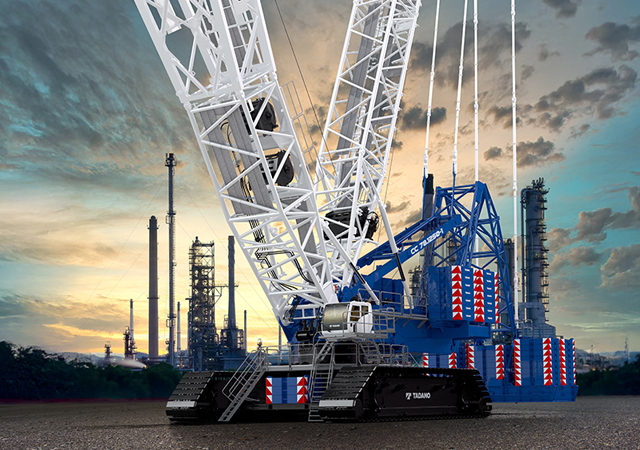
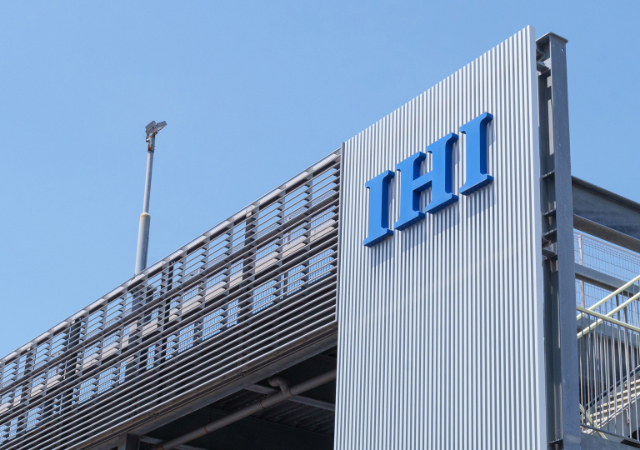

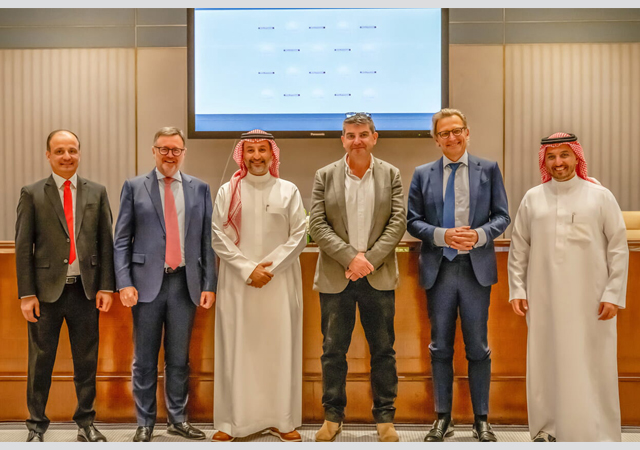

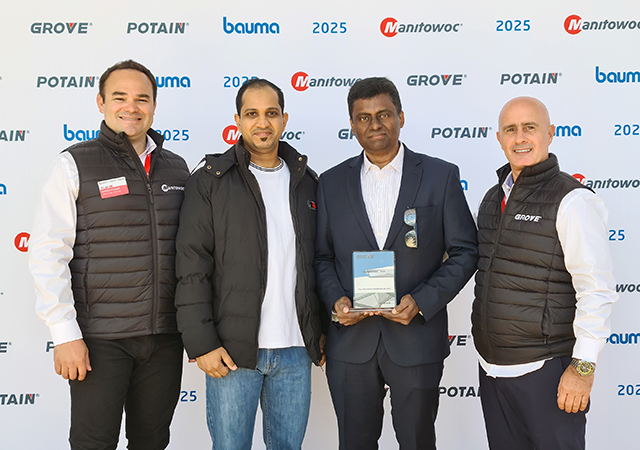
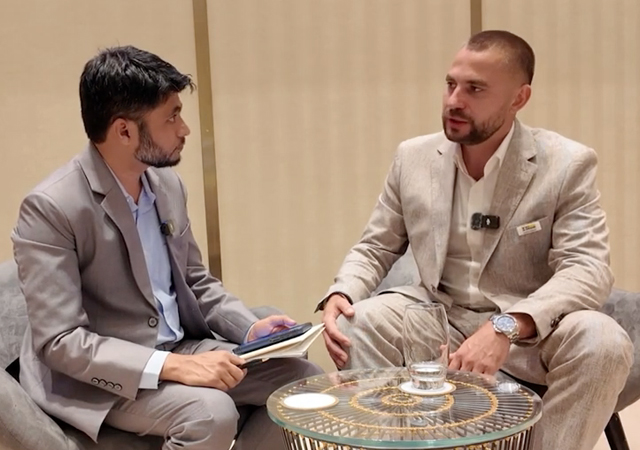
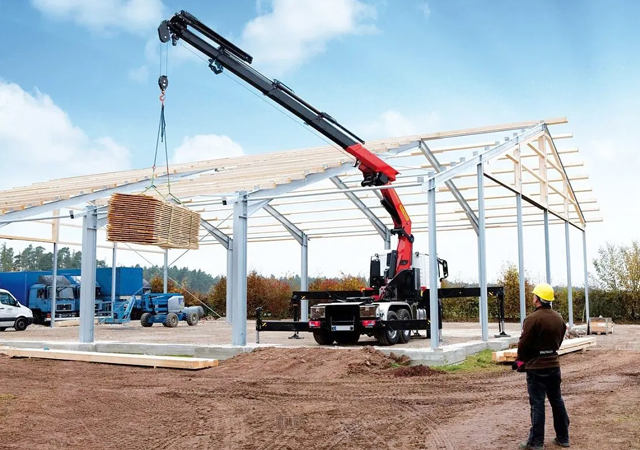
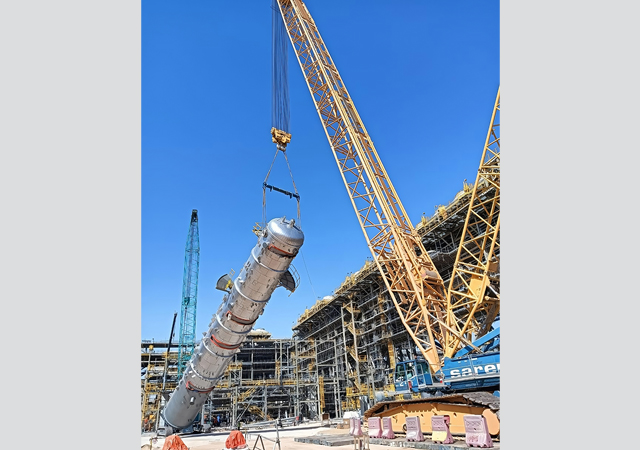
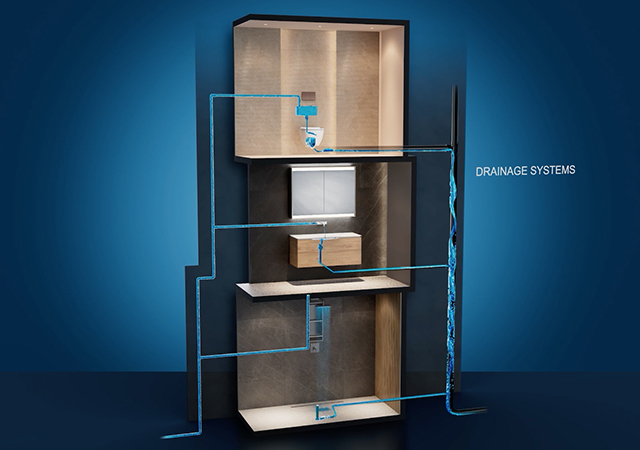
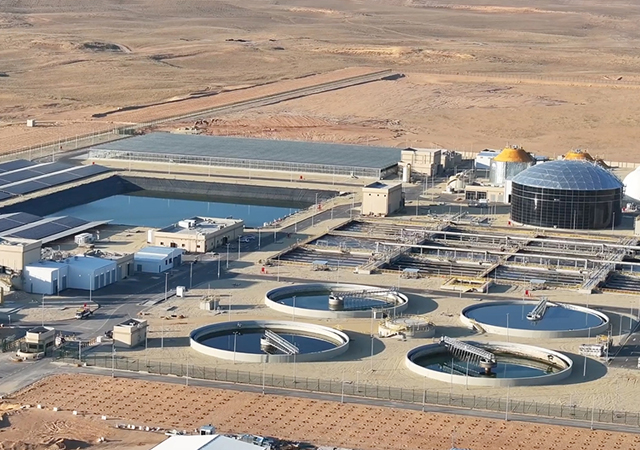
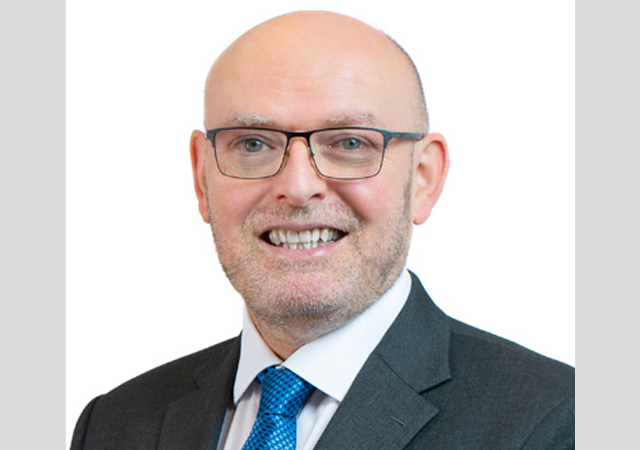
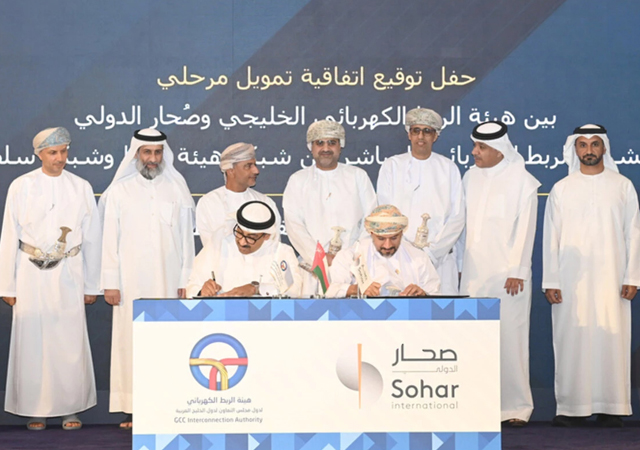
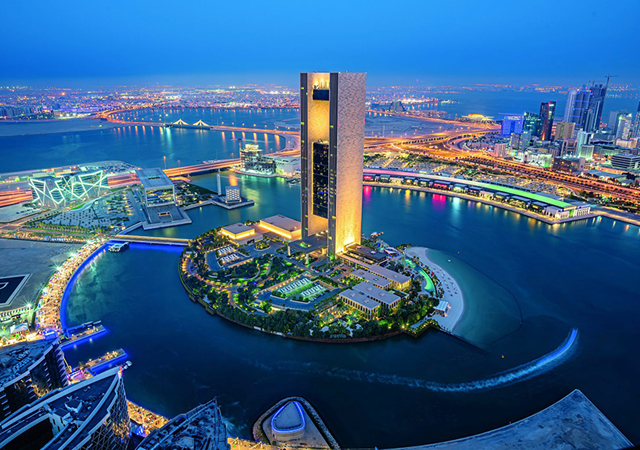
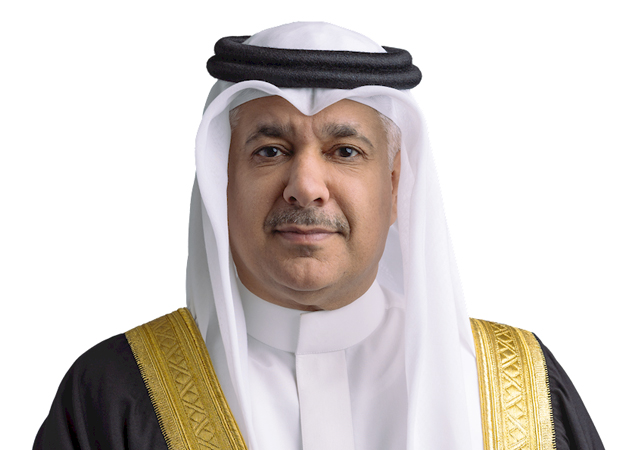



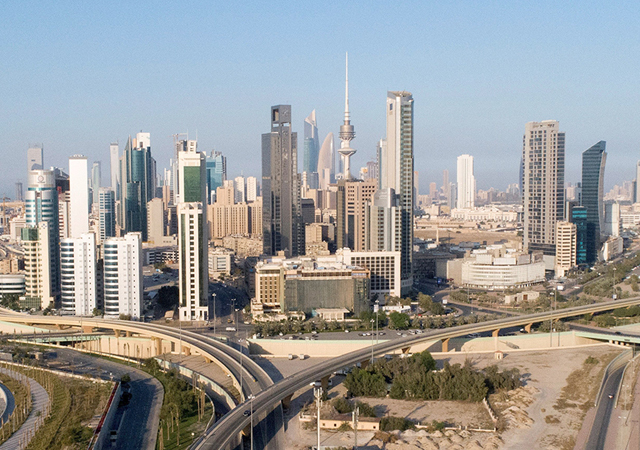
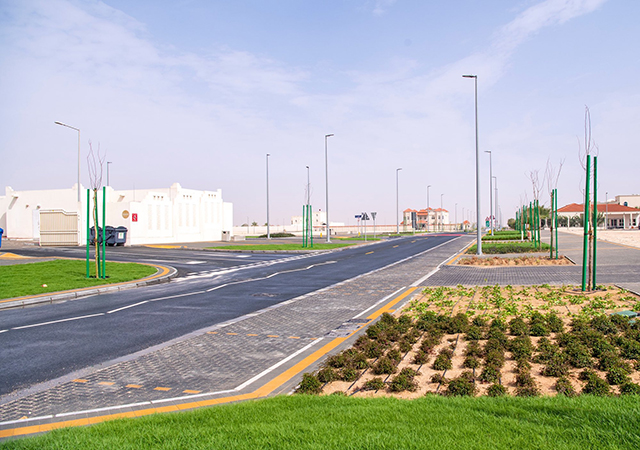

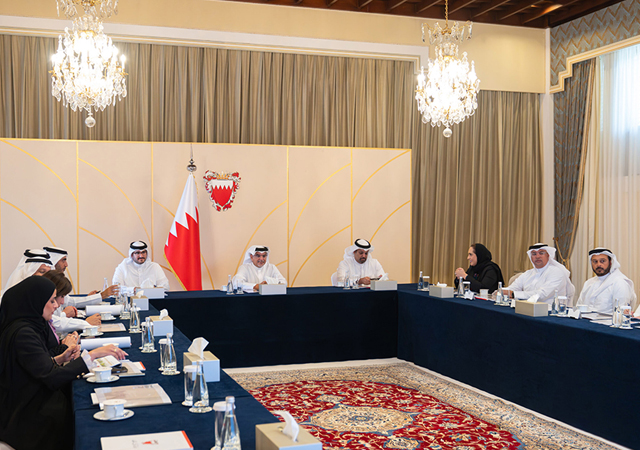



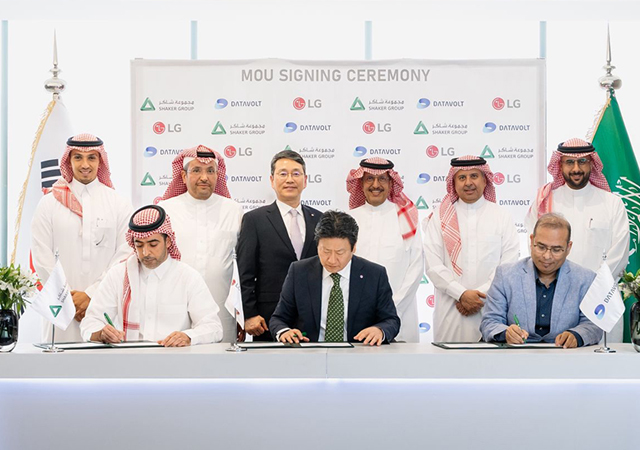
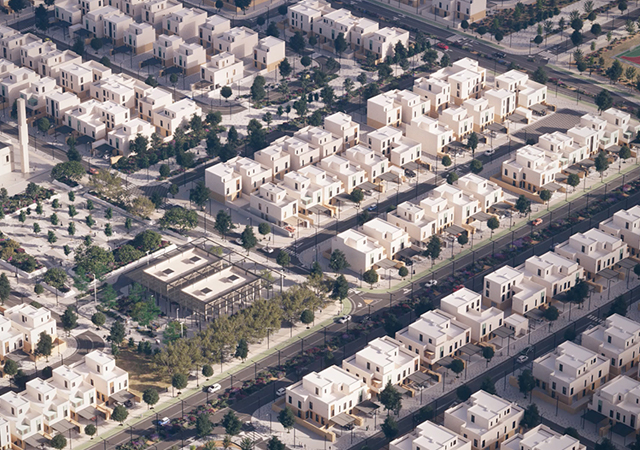
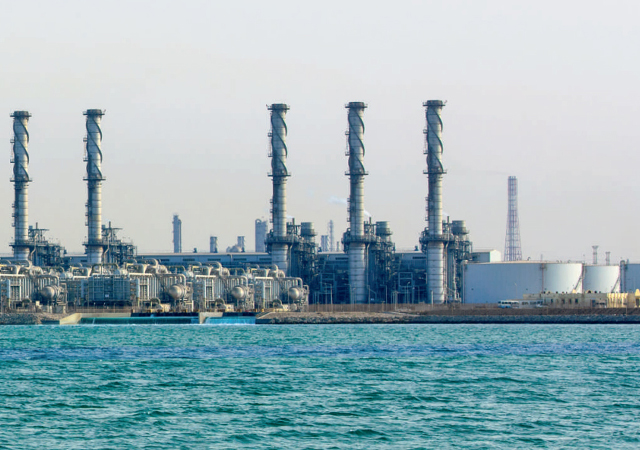
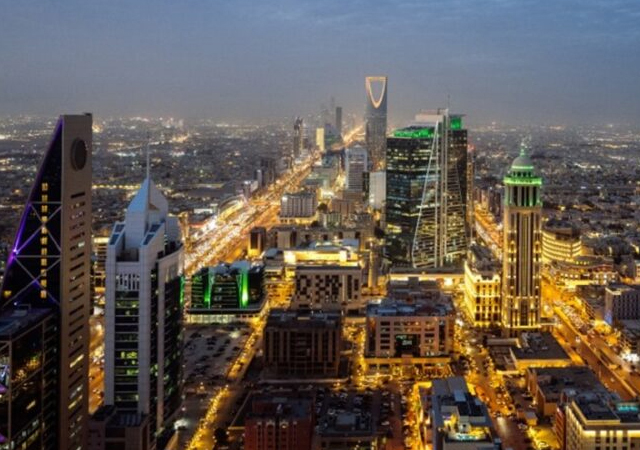
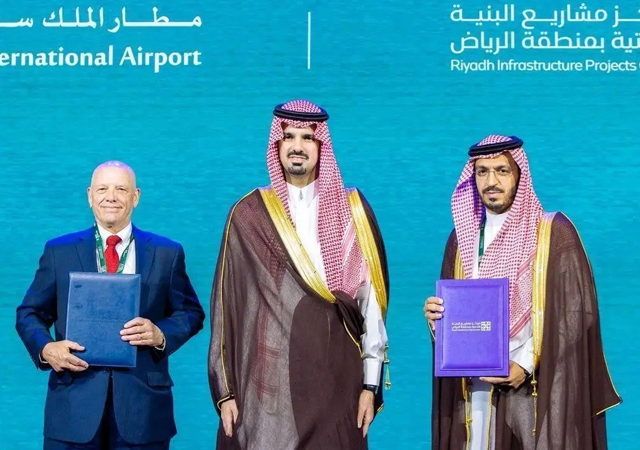
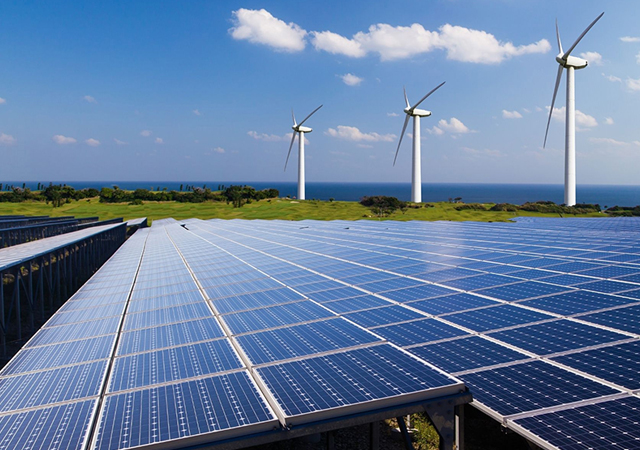
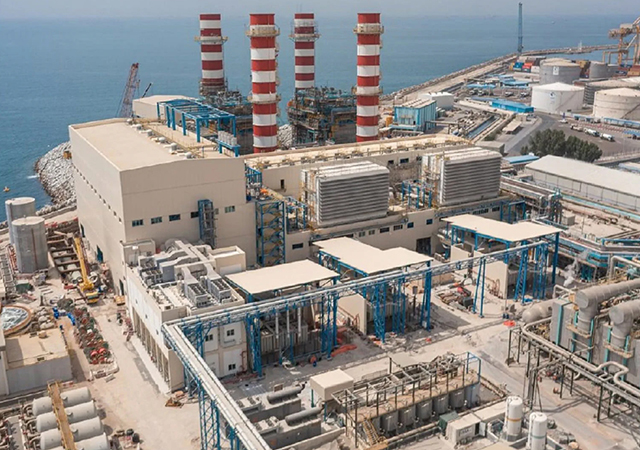


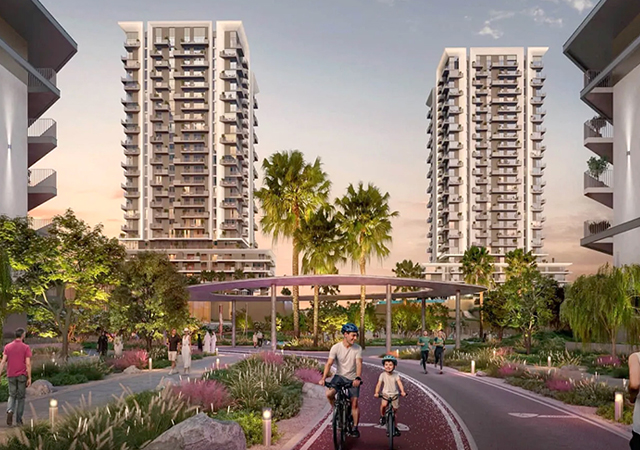
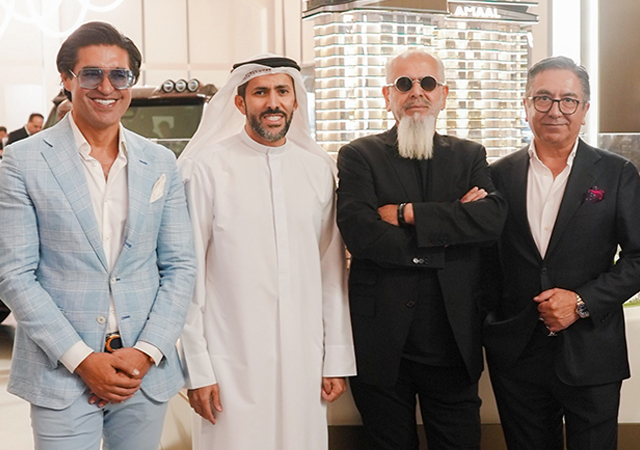
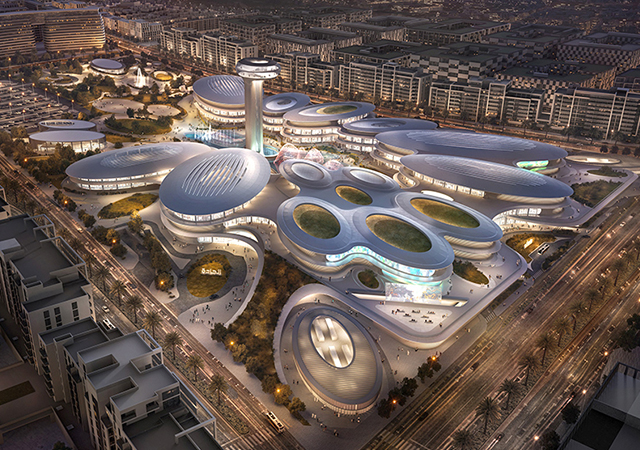

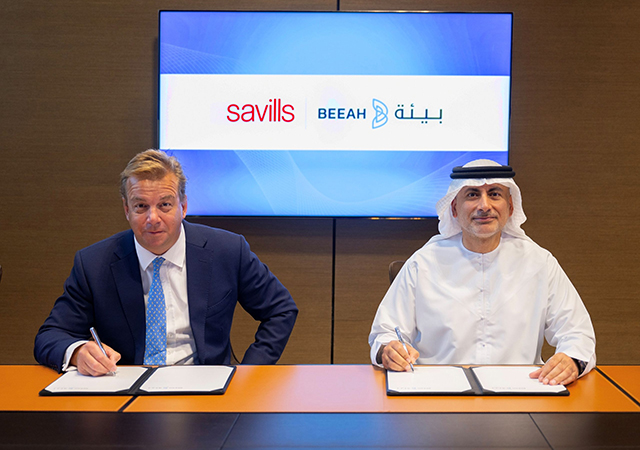
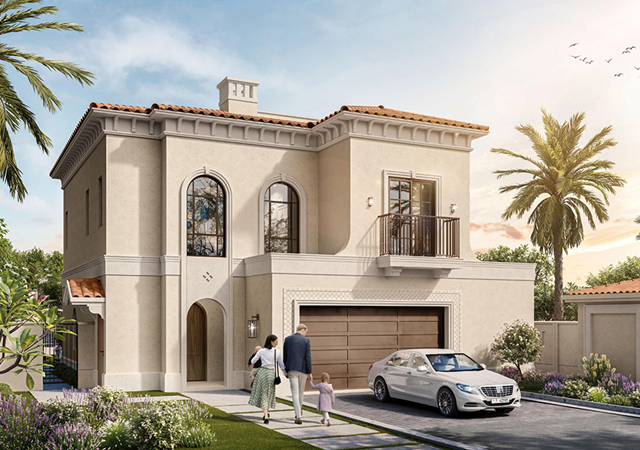
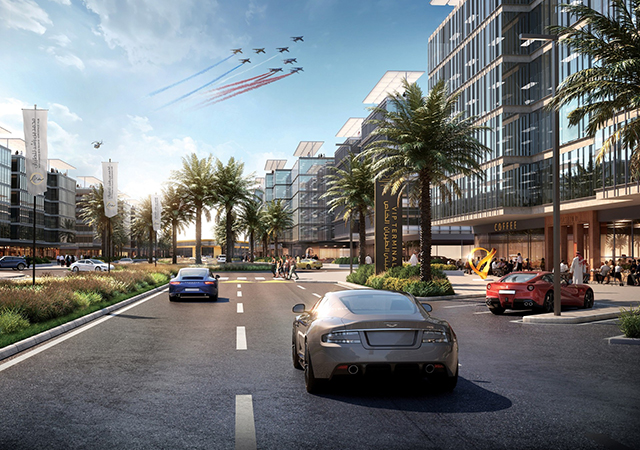

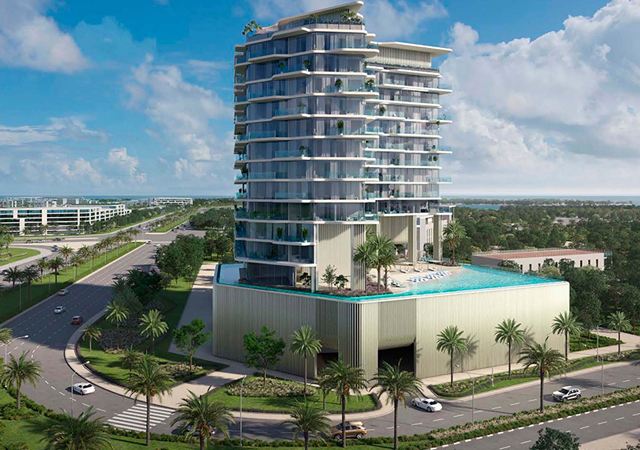
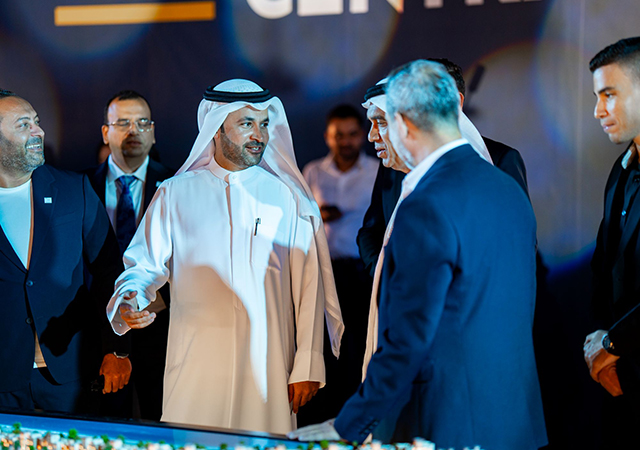
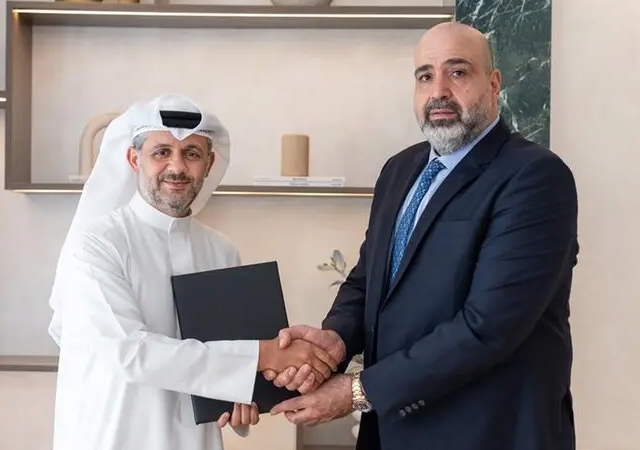
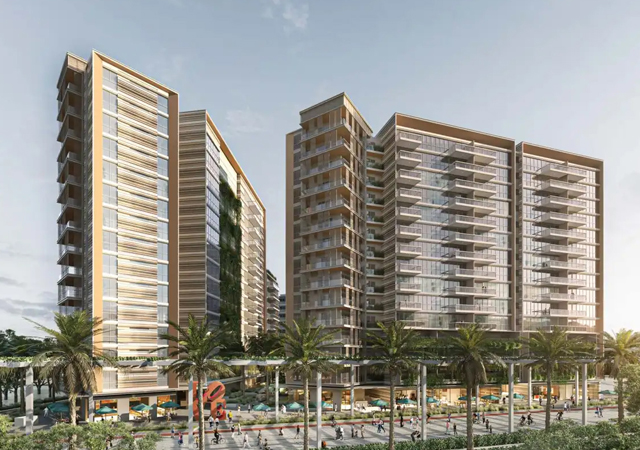
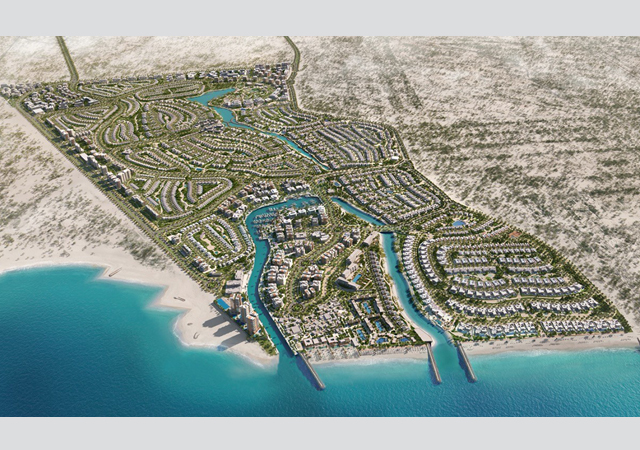
.jpg)
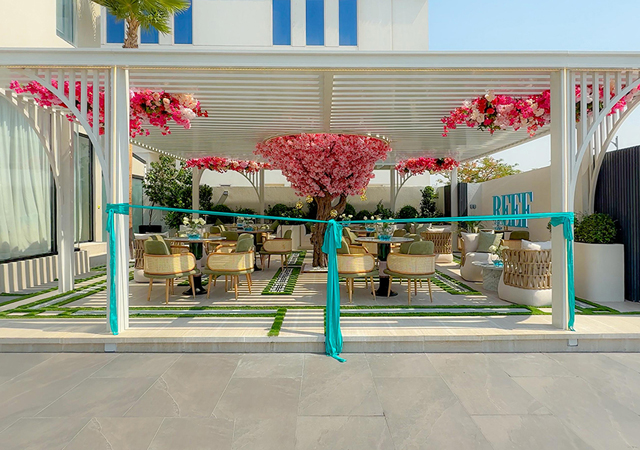
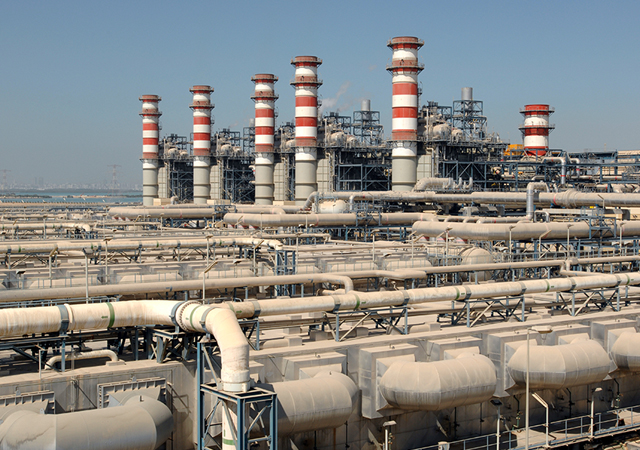
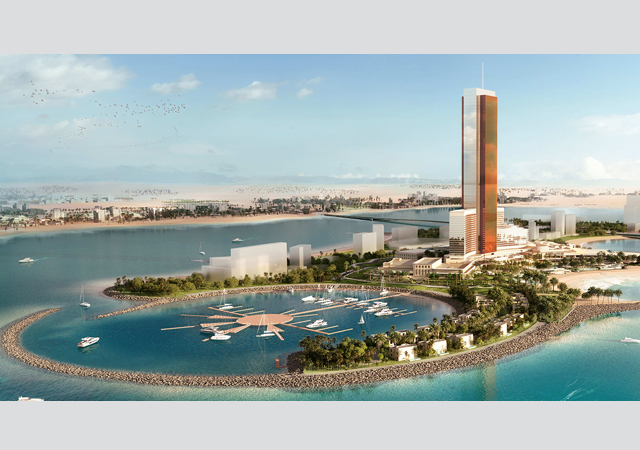
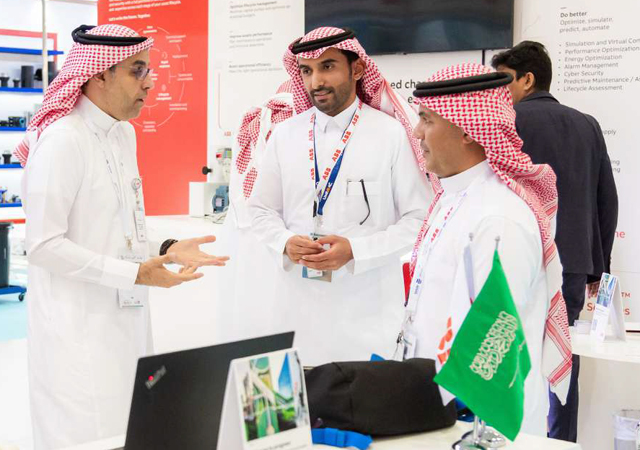
.jpg)

